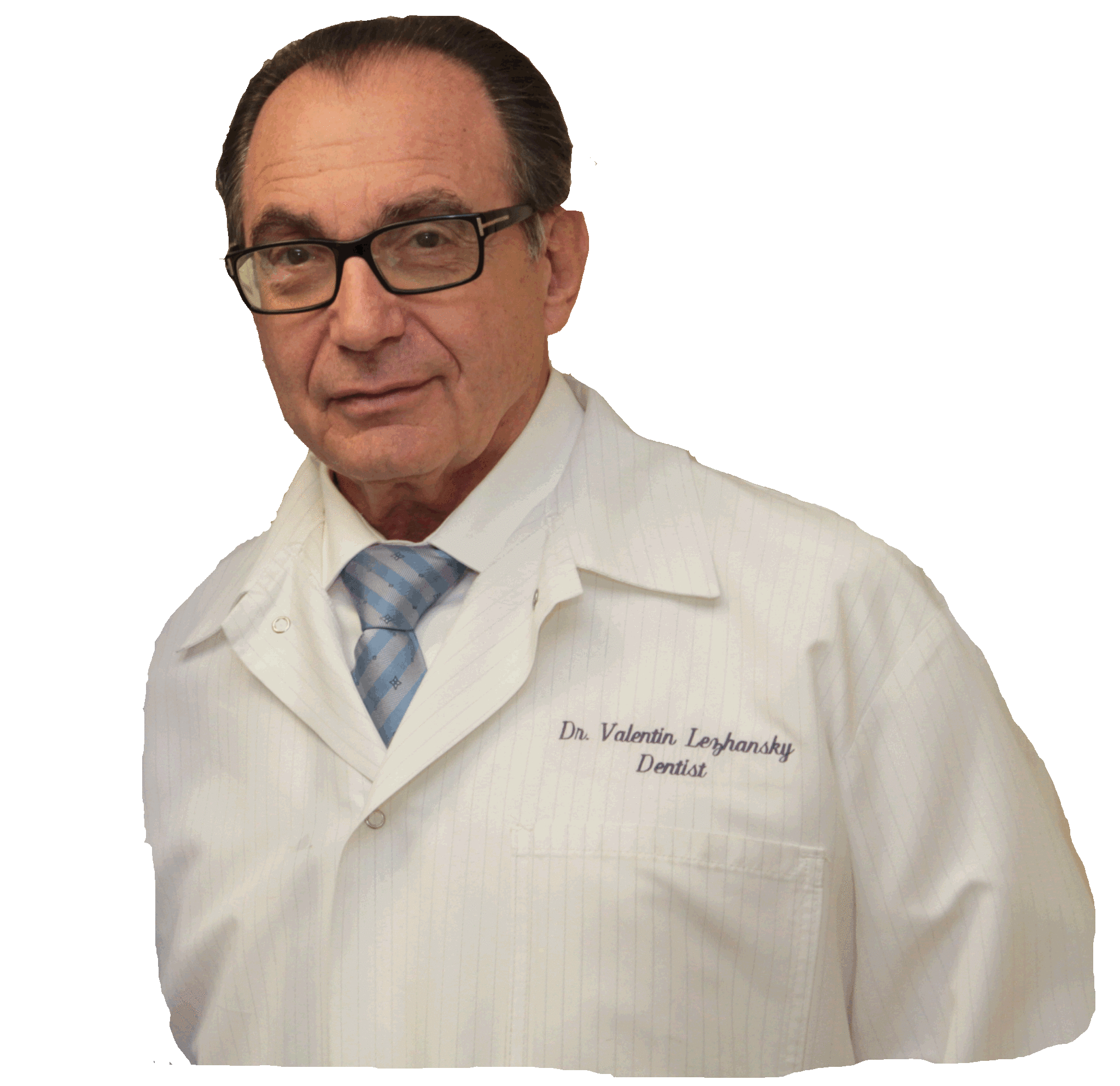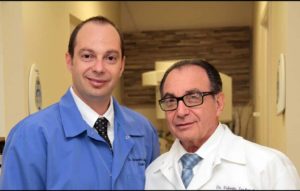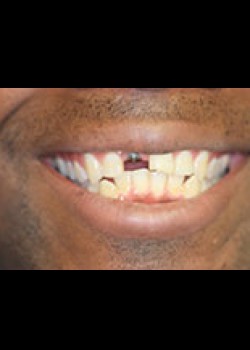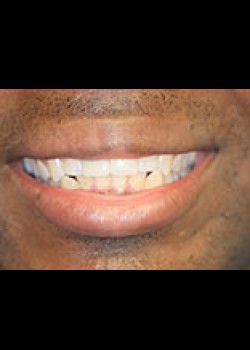TMJ Facial Pain & Migraines Treatment
TMJ Facial Pain & Migraines Treatment

Dr Lezhansky will help you with your TMJ , Facial Pain or Migraines Call Today For A Free Consultation.
What Is the TMJ?
Is the Joint located next to your ear that open and closes the mouth. When you have pain, clicking, or the jaw moves off center when opening that is a condition called TMD. TMD causes TMJ Facial Pain & Migraines, Treatment
Do You Suffer From TMJ, Facial Pain or Migraines?
More The 25% of the population suffer from some type of TMJ facial pain, or migraines. There are many different pathologies that can cause these problems. However, studies have shown that 85% of TMJ/orofacial pain disorder are muscle related. The Good news is that TMJ facial pain, or migraines treatment can be treated by a minimal invasive treatment that only takes minutes to preform and can reduce pain significantly. The additional benefit of these treatments is that not only do they reduce pain, but they also improve the esthetic appearance of the face.
Two Location Sheepshead Bay Brooklyn and Bryant Park Manhattan
Is This TMJ, Facial Pain & Migraines Treatment For Me?
Many people suffer from mild to moderate level of facial pain, whether
it is from headaches, migraines, stress, their bite or TMJ dysfunction. A Brief 15 minute evaluation will be able to determine if you are a candidate for this treatment. We evaluate the muscles of the head and neck, TMJ and the Cranial Nerves.
Call to set up Your Consultation Today. Or Fill Out the Form Below and we will Contact You.
Typically, the first line of treatment provided by your TMD dentist will be the use of a splint. The TMJ splint is worn to reduce stress on the jaw, allow the muscles to function optimally and/or to cover the deflective interferences affecting the bite so that the lower jaw can be repositioned into the socket properly. These treatments usually result in limited success. Since these treatments don’t address the main reason for the pain. There is a place and time for splints and occlusal adjustments.
“Conservative” is the key word when it comes to TMJ treatment. Most treatments for TMD symptoms are simple and do not require surgery. More severe cases may require treatment will be referred to appropriate specialist:
✔ Orthodontists
✔ Ophthalmologists
✔ Ear, nose, and throat
✔ Neurologists
✔ Rheumatologists
✔ Physical therapists
What is TMJ Syndrome?
Temporomandibular Joint Disorder, commonly referred to as TMJ or TMD occurs when there is a derangement in the normal functioning of the Temporomandibular Joint. Repetitive behaviors such as teeth grinding
or clenching, gum chewing, fingernail biting, or stress lead to enlargement of the head and neck muscles.
This disorder and dysfunction results in significant pain and impairment for many individuals. Symptoms include, grinding, migraines, chronic headaches, earaches, facial pain, and damage to the teeth.
TMJ Facial Pain & Migraines Treatment Manhattan | Brooklyn Self Help Remedies
Many self-help remedies have been suggested to treat TMD symptoms but be aware that these remedies do not treat the cause. In fact, TMD treatment through the right dentist may be less costly, less time intensive and produce a fully satisfactory result. Although the following self-help remedies do not treat TMD long term, temporary relief may be found.
- Heat and Cold Packs: Heat and cold packs applied to the side of the face and temple for 10-minute intervals may reduce the intensity of the pain affecting the muscles and surrounding area of the jaw.
- Limit Jaw Movement: It is important to avoid large movement of the jaw, such as singing and wide yawning. Also, do not apply pressure with your hand against your jaw for an extended time period, such as when sleeping. Limit the pressure you apply with a phone receiver.
- Diet: Choose soft food and stay away from foods requiring repetitive chewing or the mouth to be open wide. In particular, avoid chewing gum, taffy, pretzels and raw carrots.
- Dental Treatment: Continue to receive dental treatment for any teeth requiring restoration. Tooth decay may affect the bite, a contributing factor to TMD.
- Physical Therapy, Biofeedback, and Massage: In some cases, physical therapy, biofeedback and massage provide temporary relief from TMD.
- Medications: Some doctors or dentists may prescribe non-steroidal anti-inflammatory drugs (NSAIDs like ibuprofen), muscle relaxants, anti-anxiety medications and in some cases anti-depressants. The choice of medication depends on the intensity of the disorder and your medical history. However, the need for medication is greatly reduced when treatment is received from an experienced TMD dental professional.
Do I Need Surgery For My TMJ?
If your dentist suspects a structural disorder within the joint itself, further studies may be necessary prior to treatment to ensure that a proper diagnosis is made. A good screening tool is the panoramic X-ray, but other diagnostic tests also may be required. In other cases, an MRI (magnetic resonance imaging) may be used to help your dentist view the soft tissue area surrounding the disc joint. A CT (computed tomography) scan to evaluate the bony areas of the jaw and hinge joint may also be needed. Depending on what these images reveal, your dentist may recommend an intra-oral appliance, orthodontia or maxillofacial surgery.
You may be referred to an oral surgeon who will further evaluate and treat your TMD condition. Typically, surgery is considered only after all other conservative TMD treatment options have been attempted. However, surgery may not always resolve TMD issues. All TMJ-related surgery is performed under general anesthesia. An oral surgeon may perform a minor procedure called arthrocentesis. During the procedure, your surgeon cleanses the joint by inserting needles into the joint area and dispensing sterile fluid. In some cases, the surgeon inserts a scalpel-like instrument inside the joint to remove any tissue adhesions and reposition the disc in the joint hinge.
The second type of surgery is arthroscopy. During this procedure, your surgeon makes an incision at the temple point in front of the ear to reach an endoscope into the surrounding area. The endoscope provides a visual guide so that your surgeon can remove any adhesions, treat inflammation or reposition the disc. Alternatively, open-joint surgery may be performed. This may be the only option that provides access to deteriorating bony structures, tumors, severe scarring or chipped bone areas. Depending on the type of problem, your surgeon may use a scalpel to remove or re-sculpt the affected area.
Alternative Treatment For TMJ
Alternative medical treatment for TMD is considered less conservative and unnecessary if you initially receive proper diagnosis and treatment. Some treatments include transcutaneous electrical nerve stimulation (TENS), ultrasound, trigger-point injections and radio wave therapy. TENS and radio wave therapy send low levels of electrical or radio waves of energy to the affected area in order to stimulate blood flow to the joint and surrounding area. However, these options do not treat the causes of TMD and may provide only limited, temporary symptomatic relief.
Botox
TMJ Facial Pain & Migraines Treatment Manhattan | Brooklyn
Botox injections are being used more frequently in some dental offices as “off label” treatments for more troublesome maladies such as TMD. Scientific studies have shown that patients who received the injections experienced significant improvements in pain, function, ability to open their mouth and levels of tenderness to palpation. Botox is injected into the temporalis, medial pterygoid (deep jaw muscle) and masseter muscles that together move the jaw. Botox blocks nerve signals that cause uncontrollable muscle movements, essentially relaxing the muscles. The injections take only 10 to 15 minutes and remain effective for anywhere between two and six months, Botox TMD treatments must be repeated every few months.
If you have TMD and your dentist determines that you are a candidate for this treatment, how often you’ll need to receive Botox injections to relieve symptoms will depend on the severity of your condition. To achieve a successful outcome, it is important for your dentist to use the correct injection technique, as well as follow the appropriate dosage guidelines. The cost of the Botox TMD treatment will vary based on where you live and receive treatment and the severity of your condition. Botox treatment is usually charged on a per-visit basis. Most dental insurance companies do not cover Botox TMD treatments because they are “off label,” optional treatments. Therefore, the costs associated with your treatment most likely will be out-of-pocket expenses. However, financing or payment plans may be available





